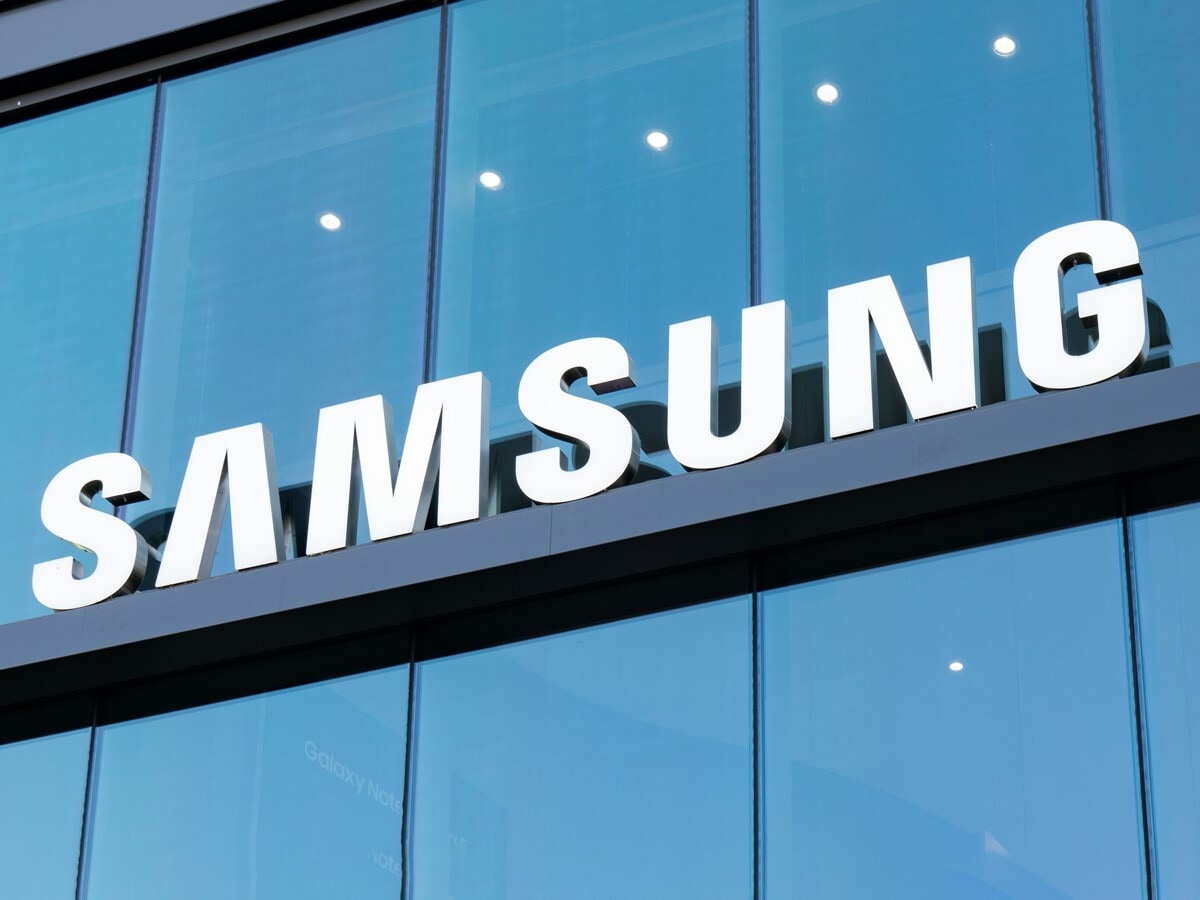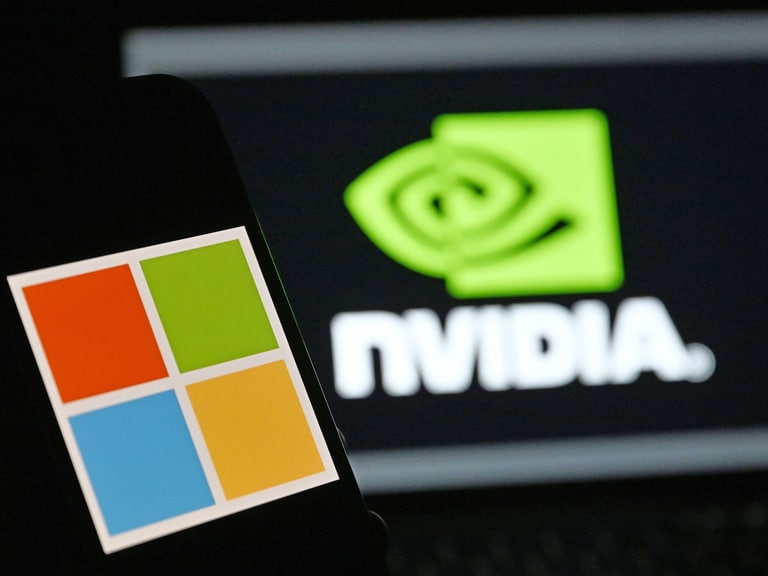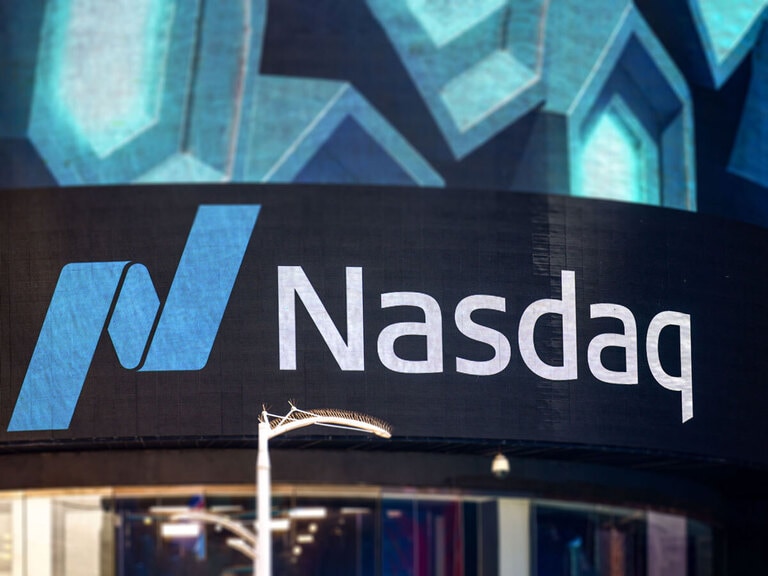Samsung’s [005930.KS] share price hasn’t had the best 2021. Down 7.23% (through 14 Dember) on the year, the underwhelming performance is surprising considering Samsung is one of the world’s biggest chip makers operating in the year of the global semiconductor shortage. But with memory chip prices likely peaking, the cyclical nature of the semiconductor business and inflation woes seem to have put investors off the stock.
Still, heading into the new year there are reasons for optimism. Samsung’s share price is up 9.1% over the past month and a couple of months ago the company announced its best ever quarterly profits for a third quarter. And with a management shakeup underway, things could look very different for Samsung’s share price in 2022.
Samsung share price growth drivers in 2022
Focus on user experience
Samsung is to merge its consumer and mobile division with its SET business. The newly-formed entity is to be called the DX (Device eXperience) division and will be responsible for the tech giant’s virtual display business and its digital appliances. Leading the division is Jong-Hee Han, promoted from Samgung’s TV research and development team.
There’s a definite sense this move is not only trying to simplify Samsung’s corporate structure, but to create a consistent user experience across all products. In a statement, Samsung said that the DX Division will cover products “from TVs and appliances to smartphones and network equipment … the Company will focus on providing leading experiences for customers.” The merger could help it better compete with rival Apple’s cohesive set of products for consumer attention.
“Apple uses one OS for phones, PCs and TVs and its products show seamless integration,” Kyungmook Lee, professor of business management at Seoul National University, told Bloomberg. “Samsung’s IT products, however, lack such seamless integration between phones and gadgets. The merger between its consumer and mobile divisions, which have until now operated independently, may help fix this issue.”
“Samsung’s IT products, however, lack such seamless integration between phones and gadgets. The merger between its consumer and mobile divisions, which have until now operated independently, may help fix this issue” - Seoul National University professor Kyngmook Lee, per Bloomberg
Expanding Semiconductor Capacities
In the shakeup, Kyehyun Kyung, CEO of Samsung Electro-Mechanics, was put in charge of Samsung’s Device Solutions Division. According to a statement, Kyung will be “expected to help maintain the Company’s semiconductor leadership and lead innovation in the components business.”
Semiconductors are a lucrative revenue line for Samsung and key for its long-term future. The company is investing $17bn to build a new semiconductor manufacturing facility in Taylor, Texas to produce advanced semiconductors - a boon for the Biden administration that wants to improve the supply chain for chips.
Samsung already has a large presence in Texas where it has invested $17bn in a complex to build its most sophisticated chips. Underlying this impressive spend is the need to compete with Taiwan Semiconductor Manufacturing Co. and Intel, both of which are spending billions on facilities to create cutting edge chips. Intel announced on Tuesday that it would be spending $7bn to build a chip packing factory in Malaysia.
$17billion
Samsung's investment in a Texas semi plant set to begin output in 2024
Where next
In October Berstein analyst Mark Li started coverage of Samsung with a 51,300 won price target and Underperform weighting. Behind that rating was Li saying that the semiconductor sector’s cyclical nature was ‘too painful to ignore.’
Yet promisingly, October also saw Samsung post bumper profits for the quarter ending September. Operating profits came in at 15.8trn won ($13.48bn), up 28% year-on-year, with its chips’ division profits increasing 82% to 10.1trn won. However, the maker of consumer electronics warned that supply chain problems encountered by some of its customers could start hurting chip sales.
Samsung’s stock has a 11.71 forward price to earnings ratio and no Sell ratings. In fact, out of 38 recommendations in November, it has 10 Strong Buy ratings and 26 Buy ratings, according to data from Yahoo Finance. Among the analysts polled on Yahoo Finance, the stock has an average KRW 97,889.00 price target - hitting this would see a 27% upside on Tuesday’s close. 2021 wasn’t kind for Samsung’s share price, but 2022 could well be different.
Disclaimer Past performance is not a reliable indicator of future results.
CMC Markets is an execution-only service provider. The material (whether or not it states any opinions) is for general information purposes only, and does not take into account your personal circumstances or objectives. Nothing in this material is (or should be considered to be) financial, investment or other advice on which reliance should be placed. No opinion given in the material constitutes a recommendation by CMC Markets or the author that any particular investment, security, transaction or investment strategy is suitable for any specific person.
The material has not been prepared in accordance with legal requirements designed to promote the independence of investment research. Although we are not specifically prevented from dealing before providing this material, we do not seek to take advantage of the material prior to its dissemination.
CMC Markets does not endorse or offer opinion on the trading strategies used by the author. Their trading strategies do not guarantee any return and CMC Markets shall not be held responsible for any loss that you may incur, either directly or indirectly, arising from any investment based on any information contained herein.
*Tax treatment depends on individual circumstances and can change or may differ in a jurisdiction other than the UK.
Continue reading for FREE
- Includes free newsletter updates, unsubscribe anytime. Privacy policy





